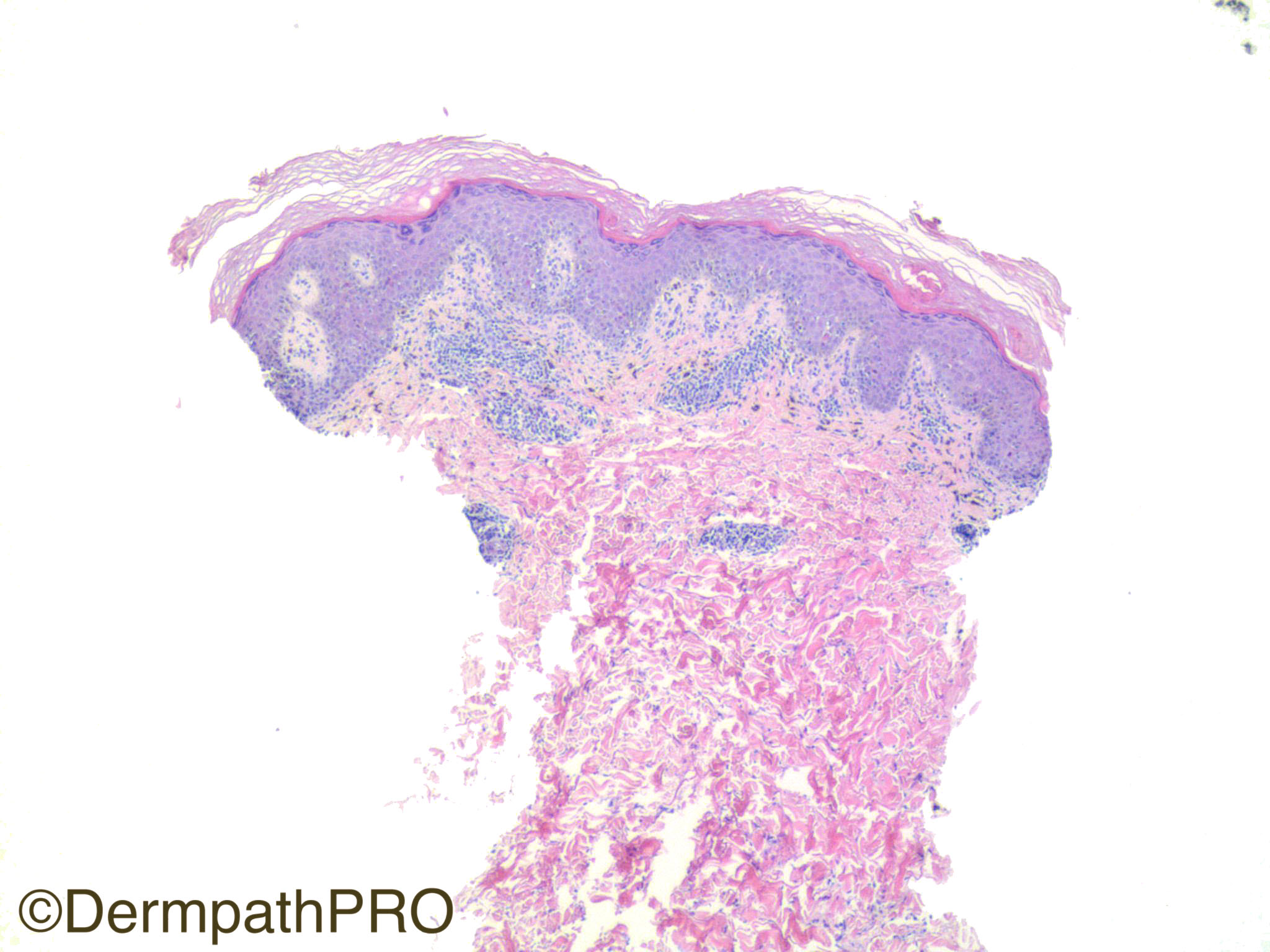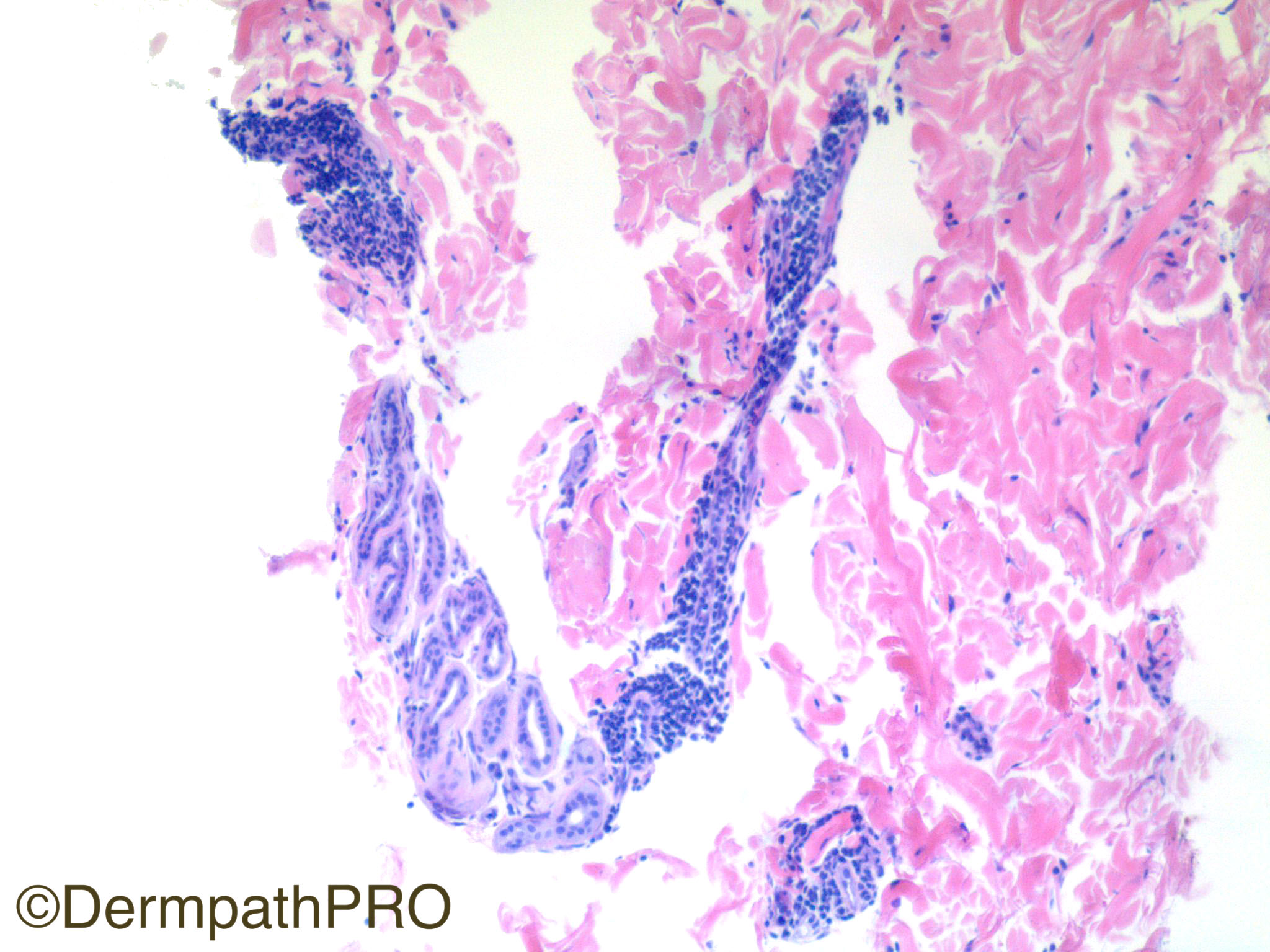-
 1
1
Case Number : Case 1666 - 14 November - Dr Uma Sundram Posted By: Guest
Please read the clinical history and view the images by clicking on them before you proffer your diagnosis.
Submitted Date :
Clinical History: 42 year old woman with solitary annular ecchymotic plaque with central crusting.
Case Posted by Dr Uma Sundram
Case Posted by Dr Uma Sundram






Join the conversation
You can post now and register later. If you have an account, sign in now to post with your account.